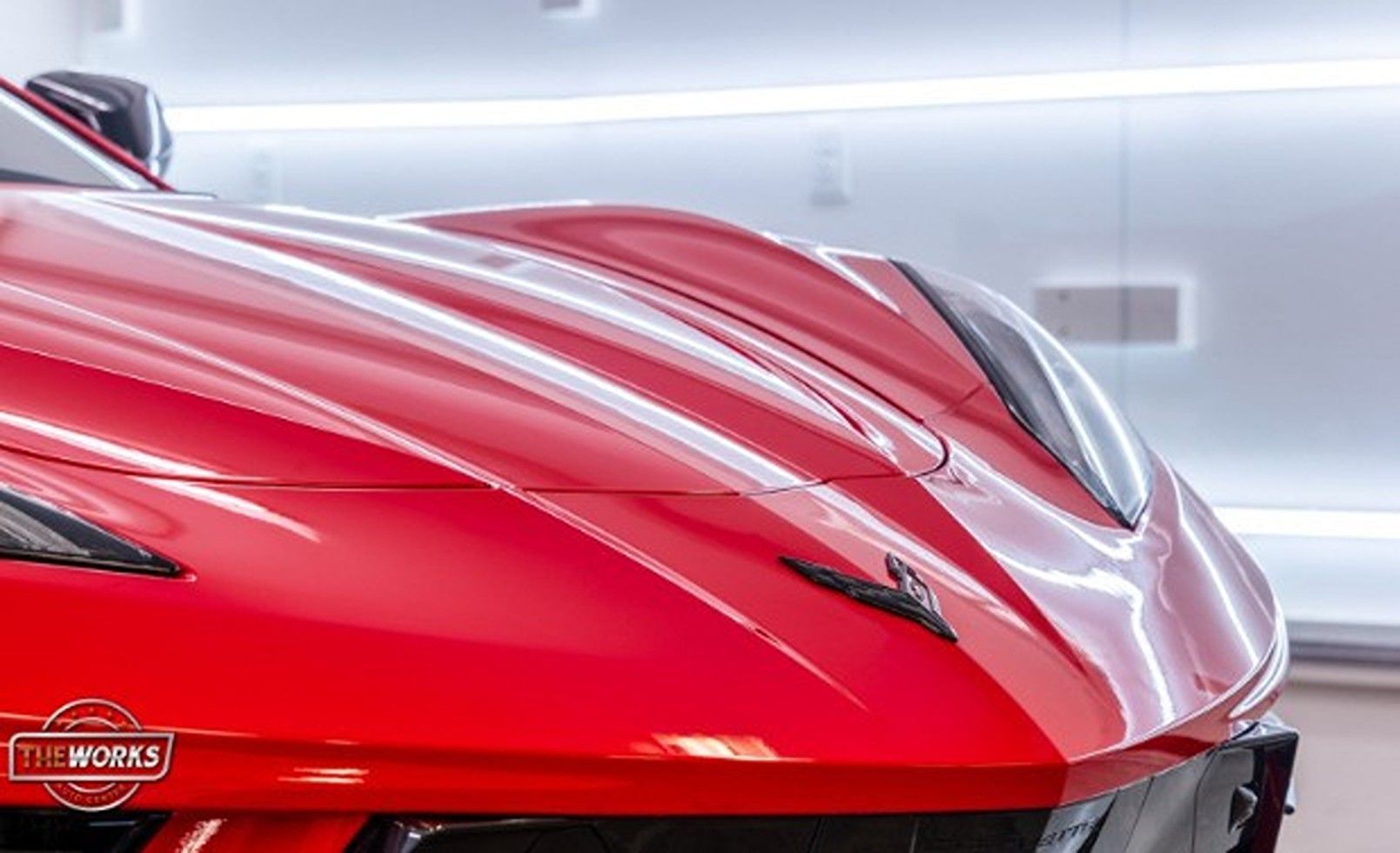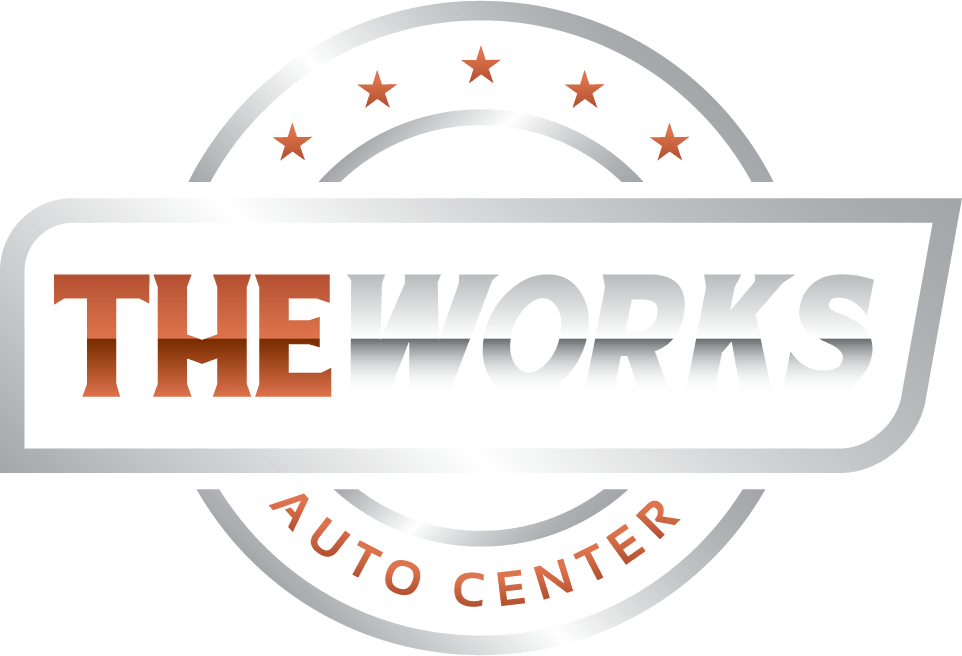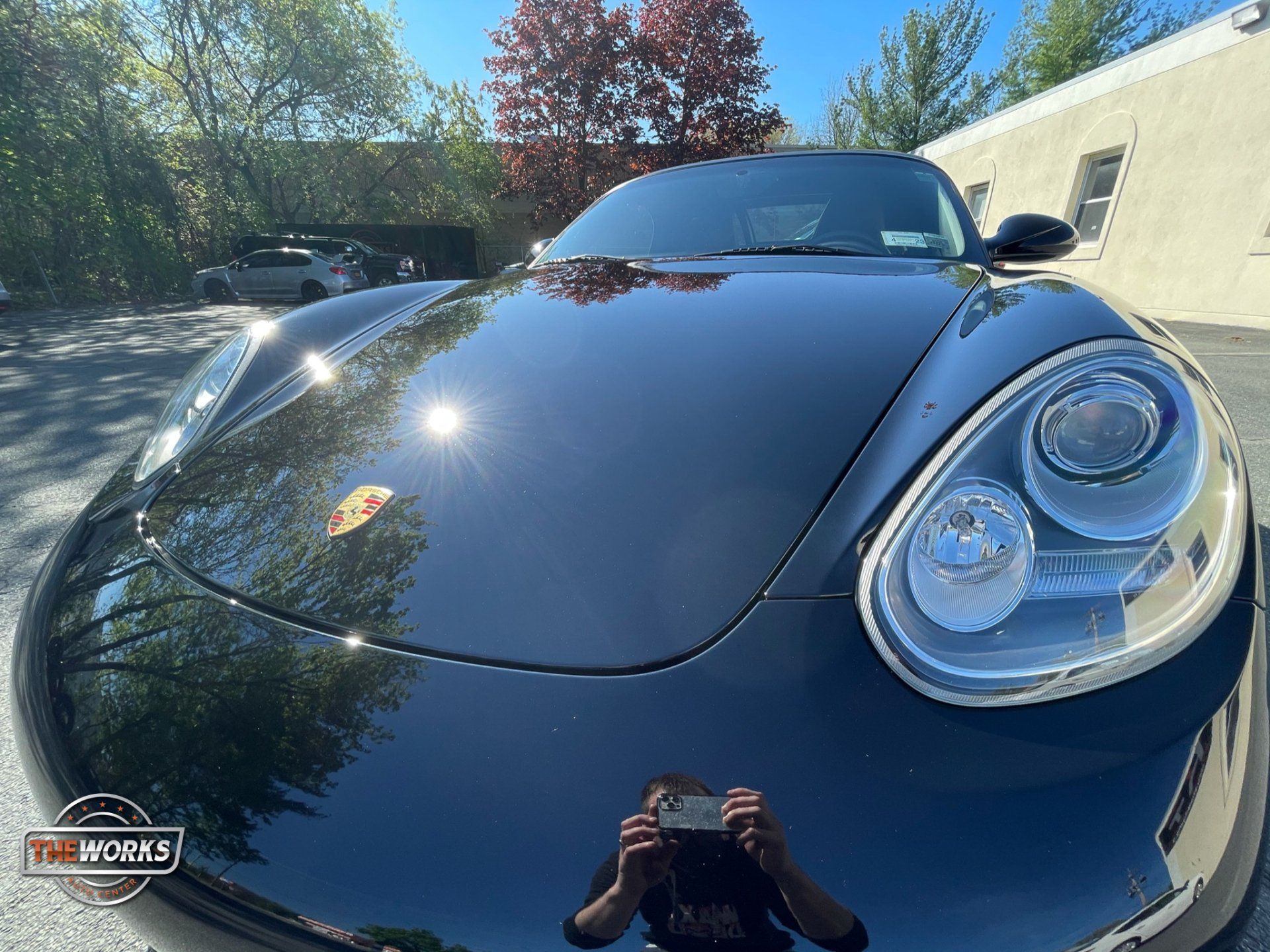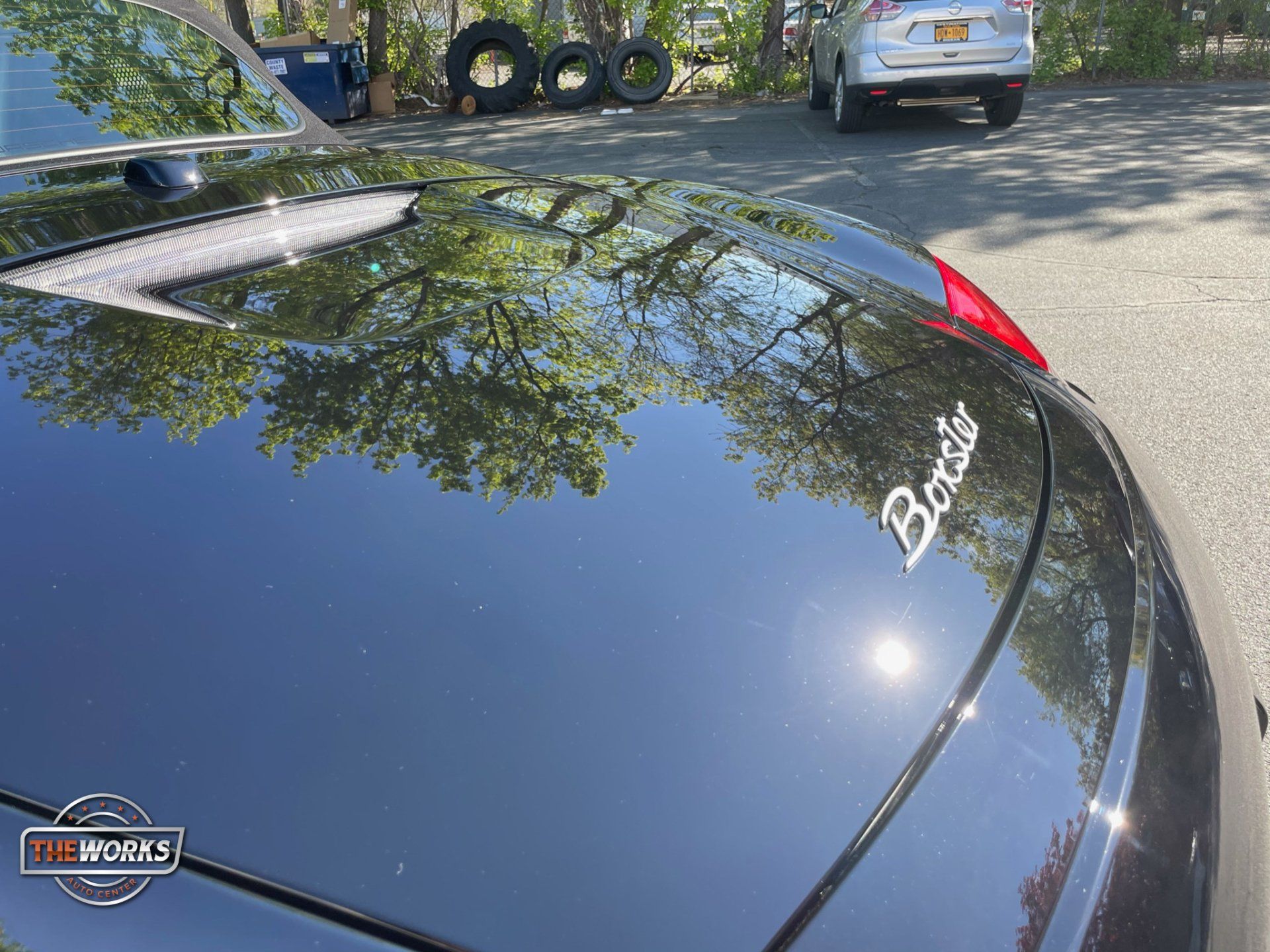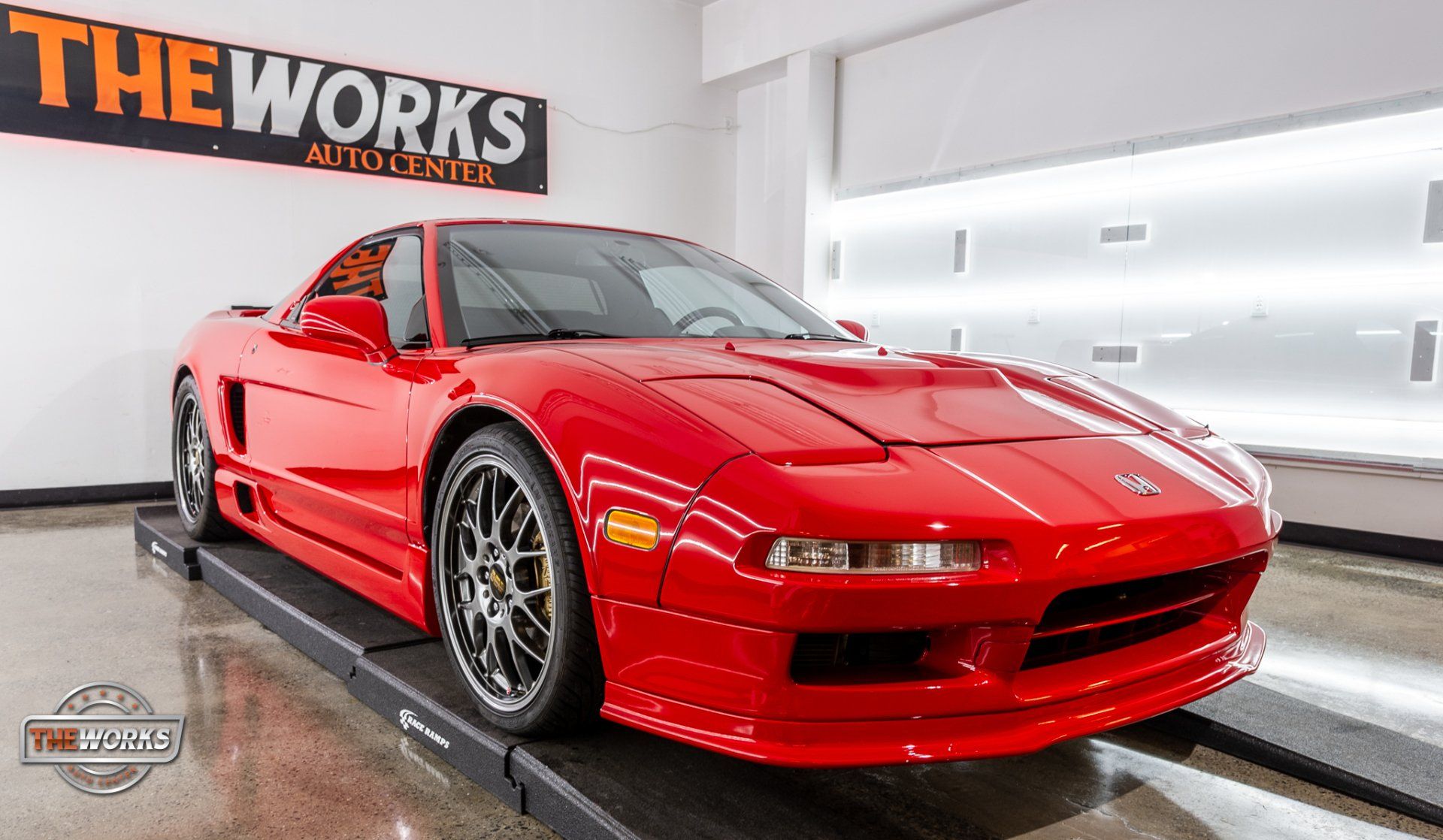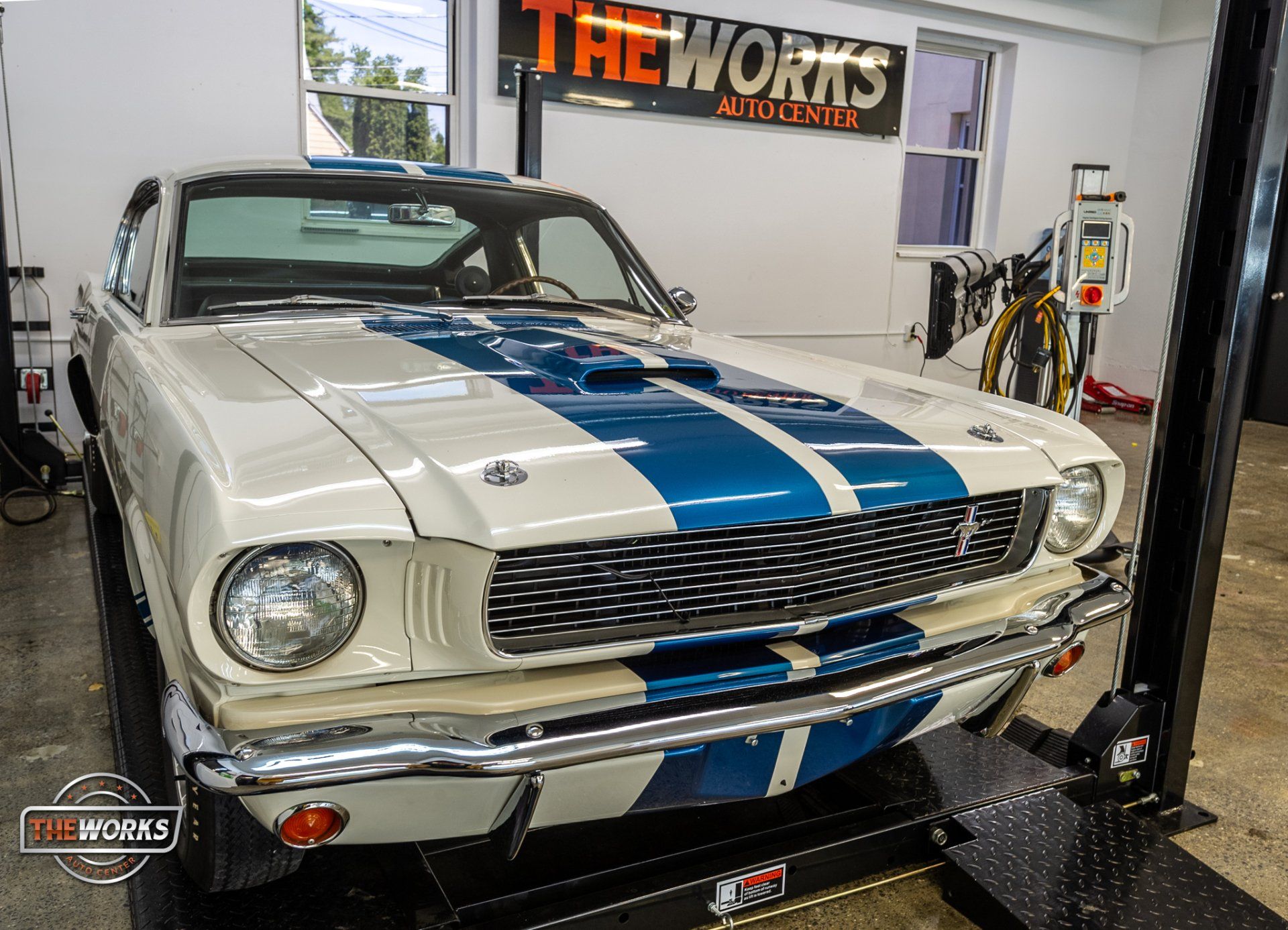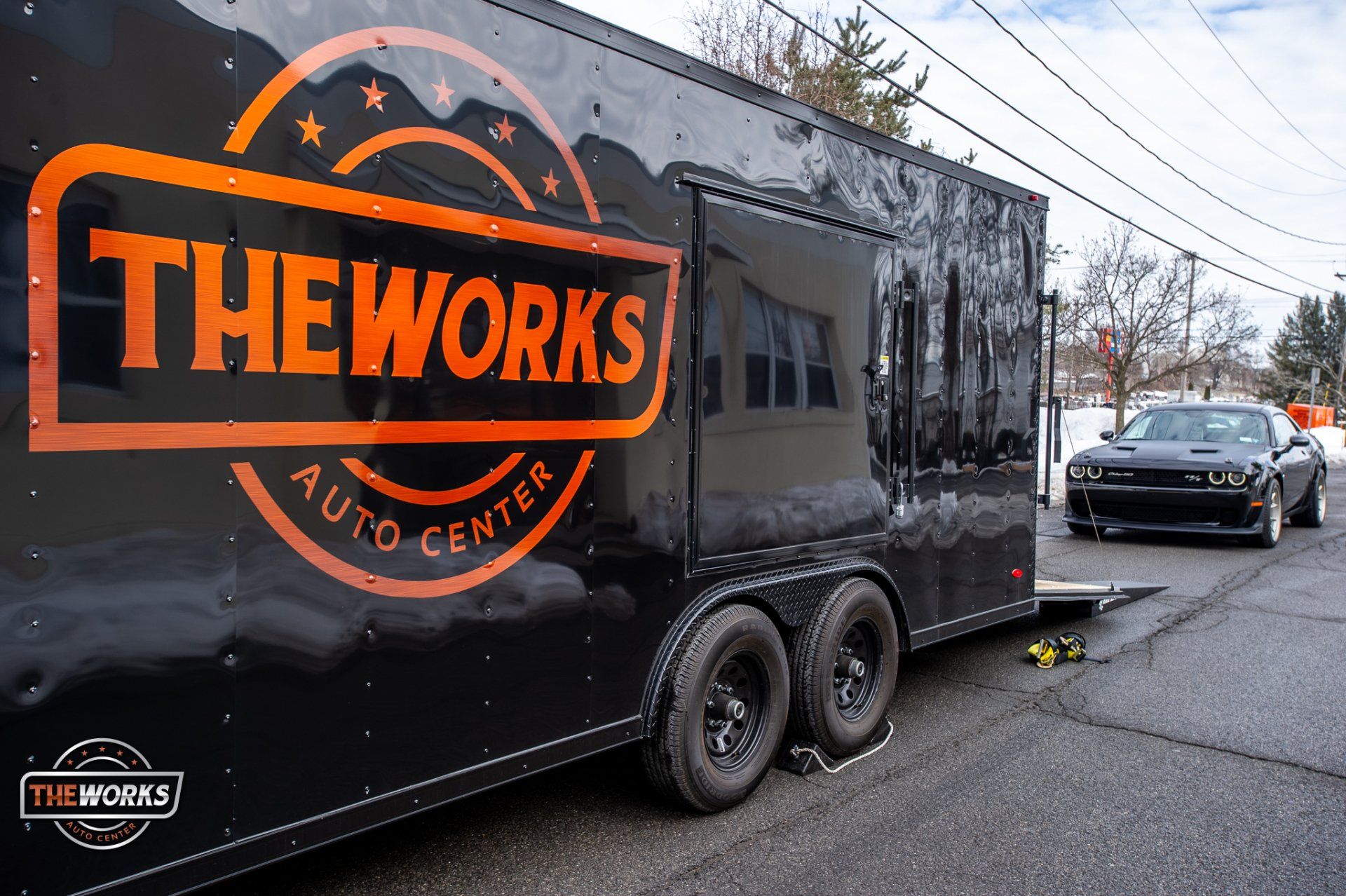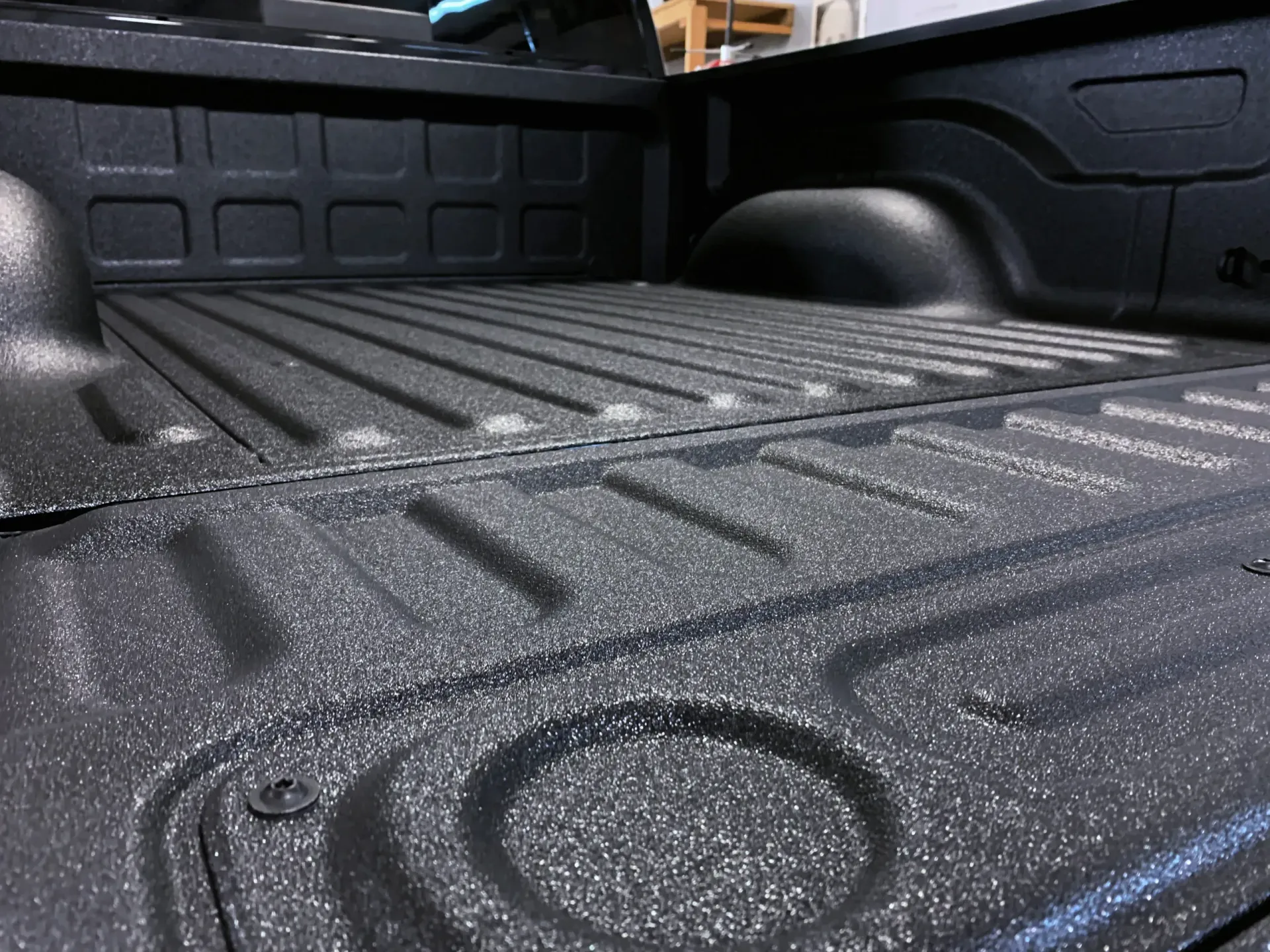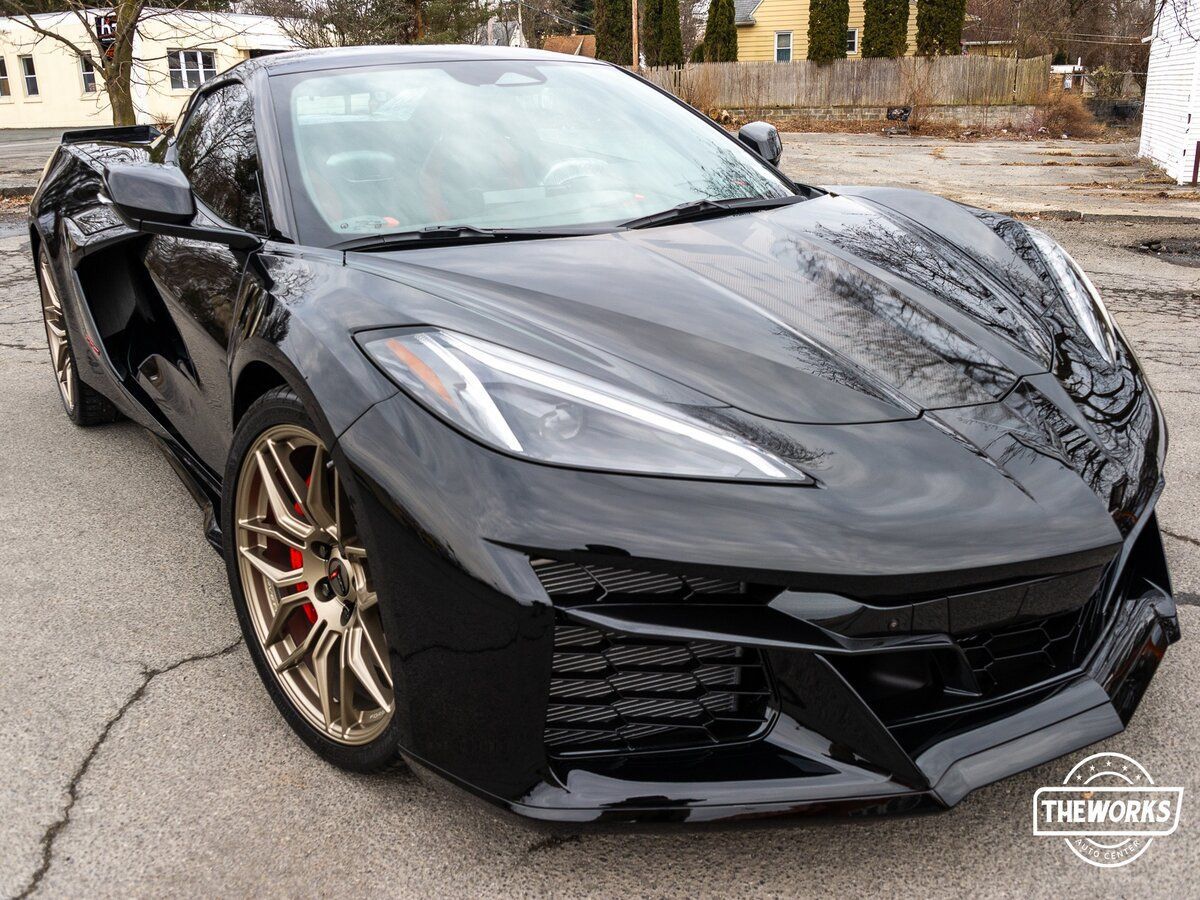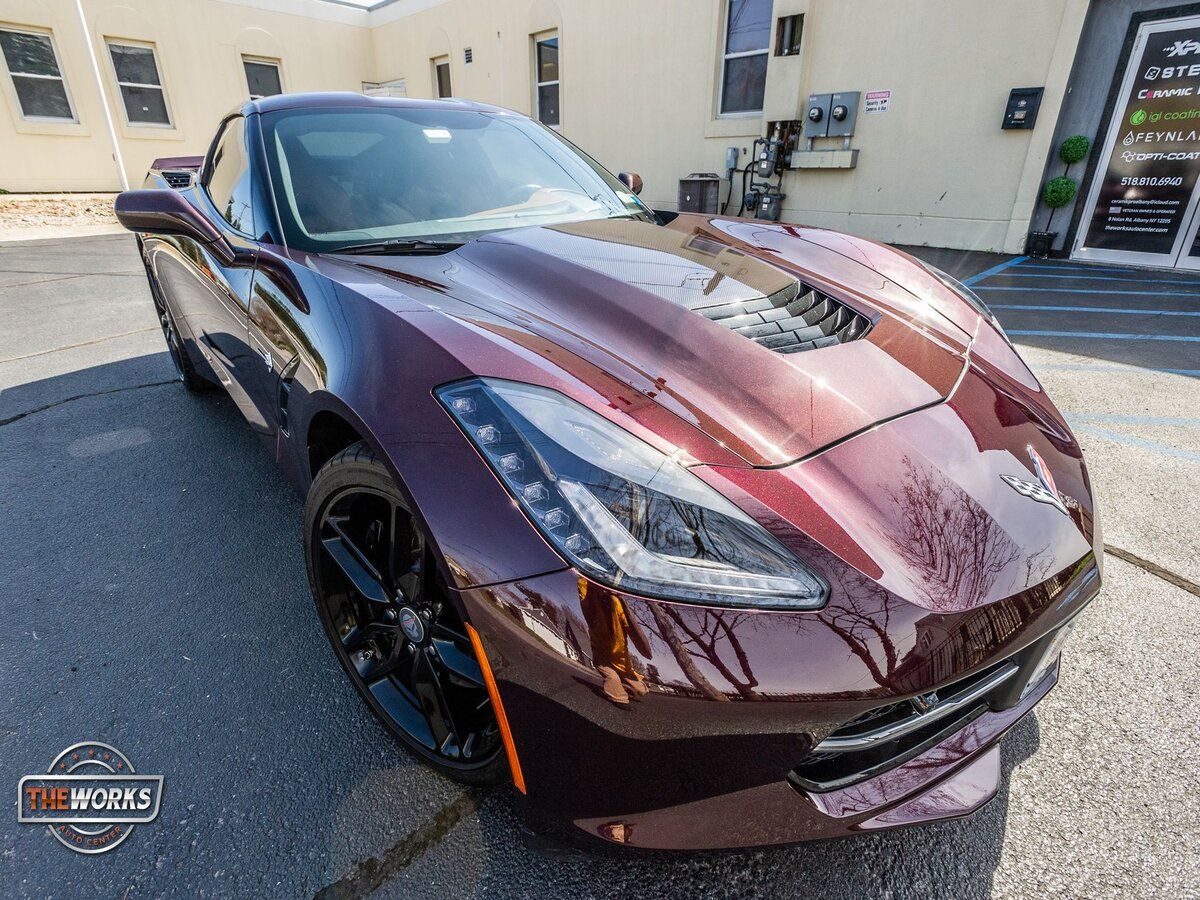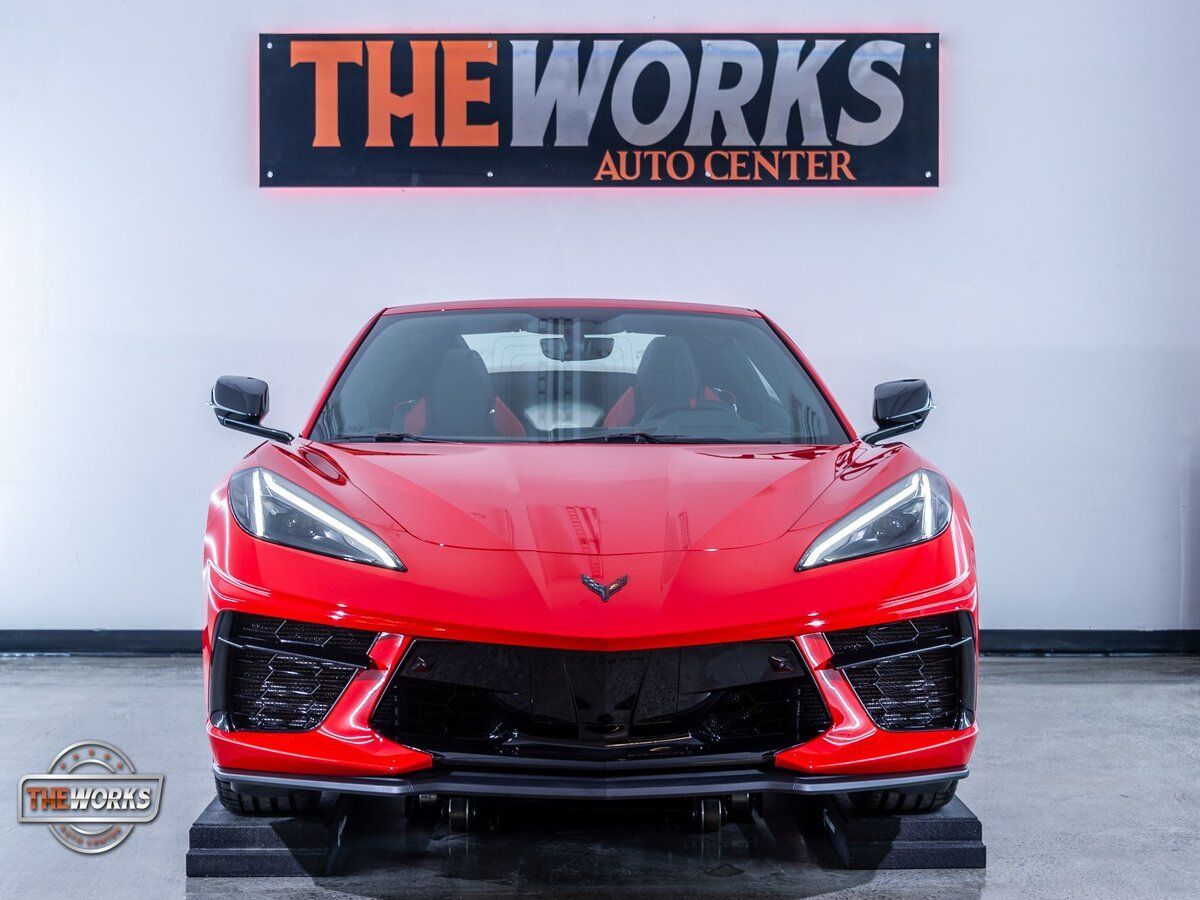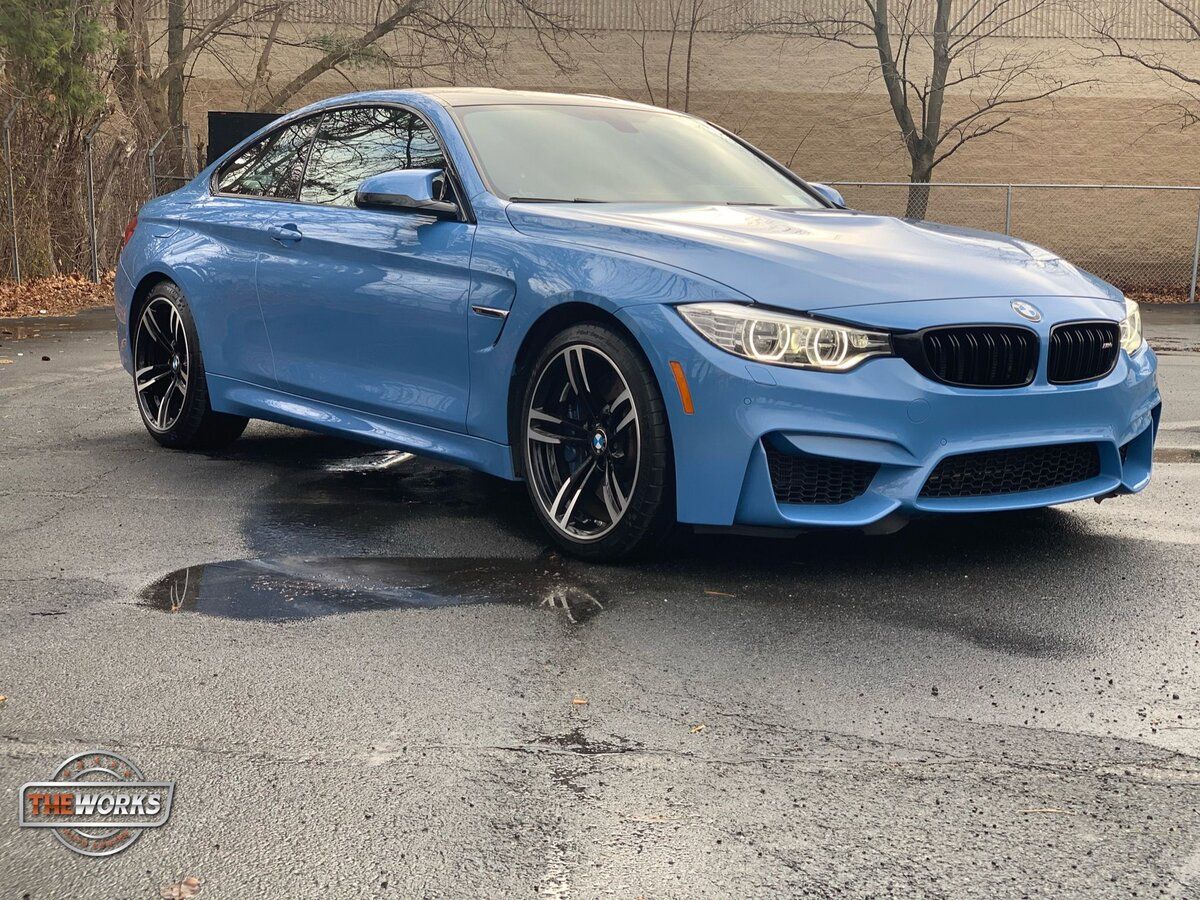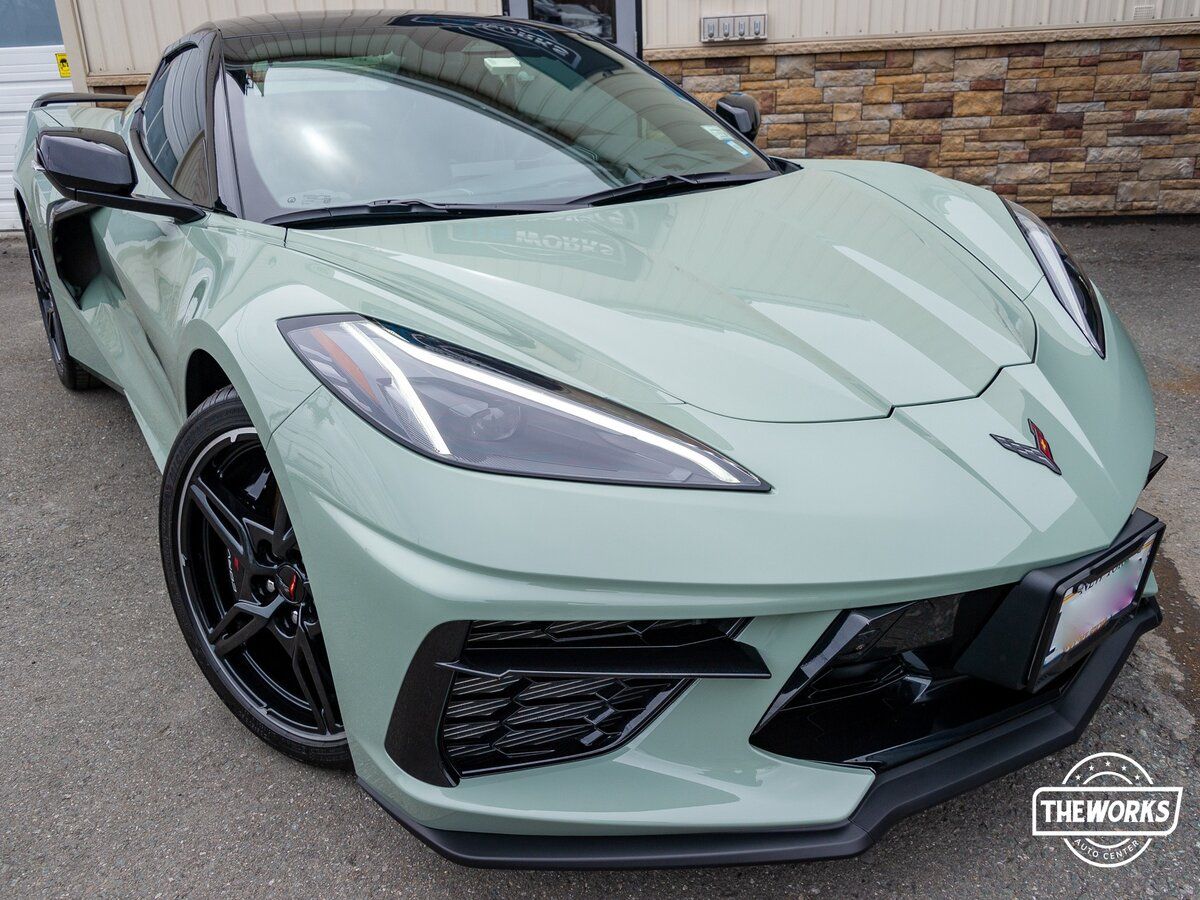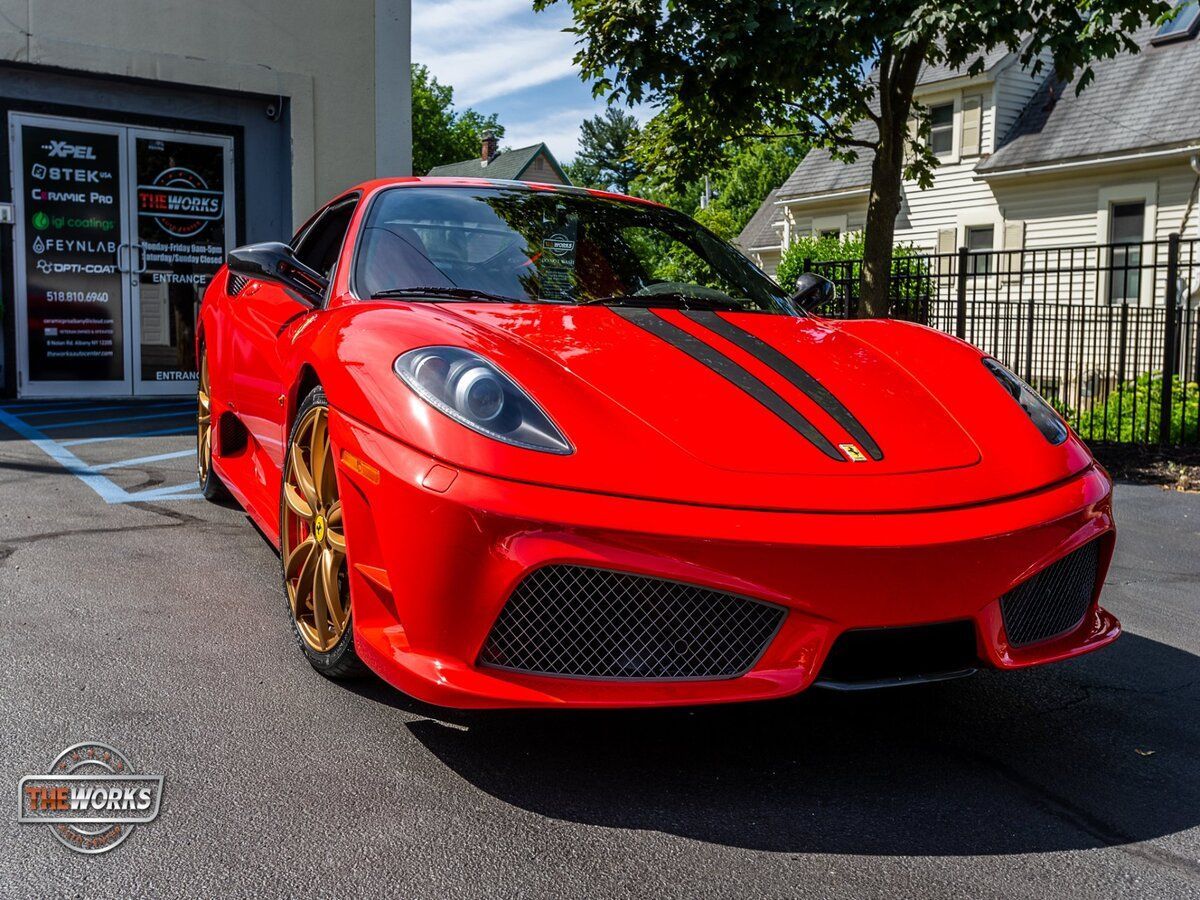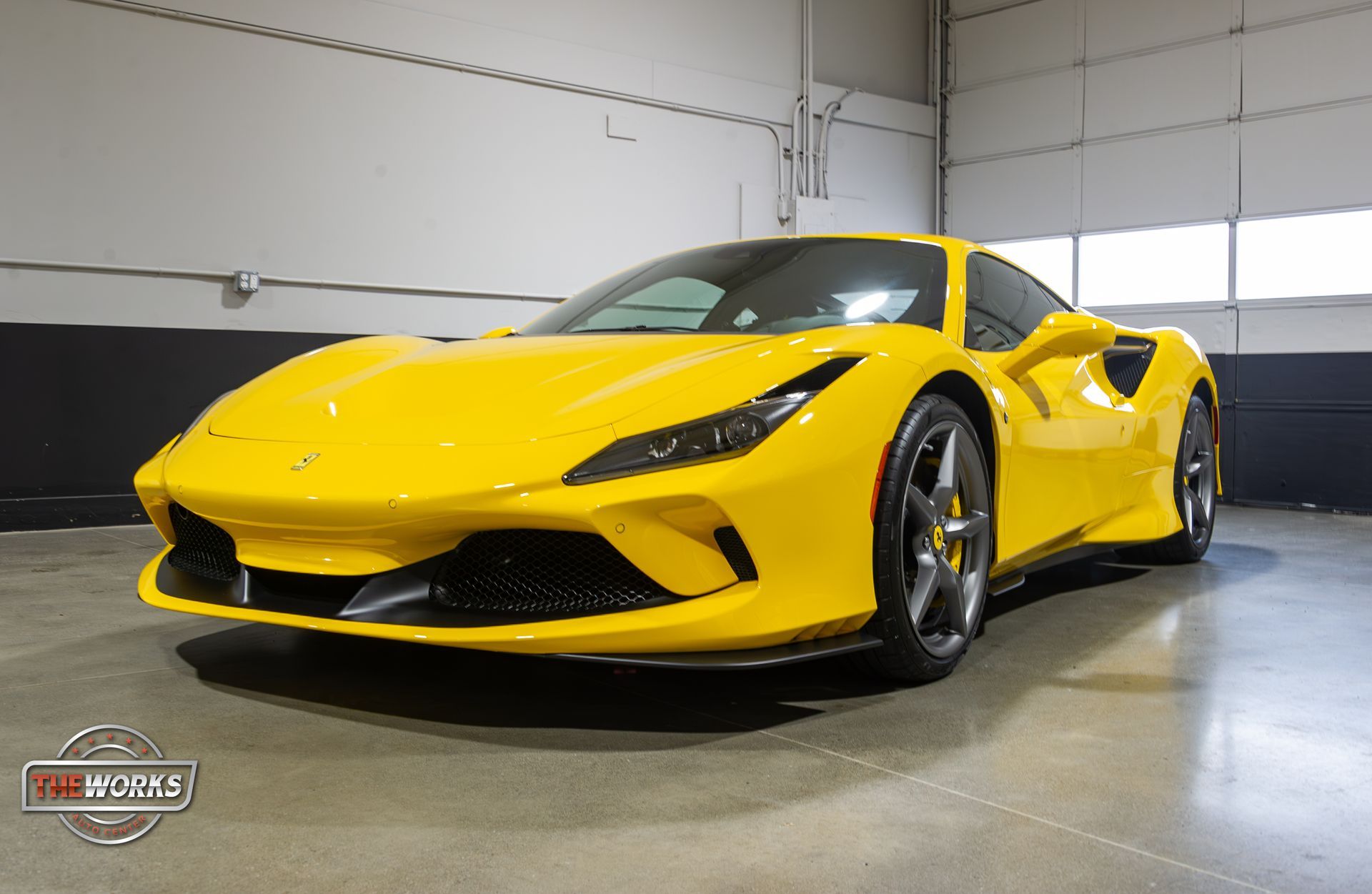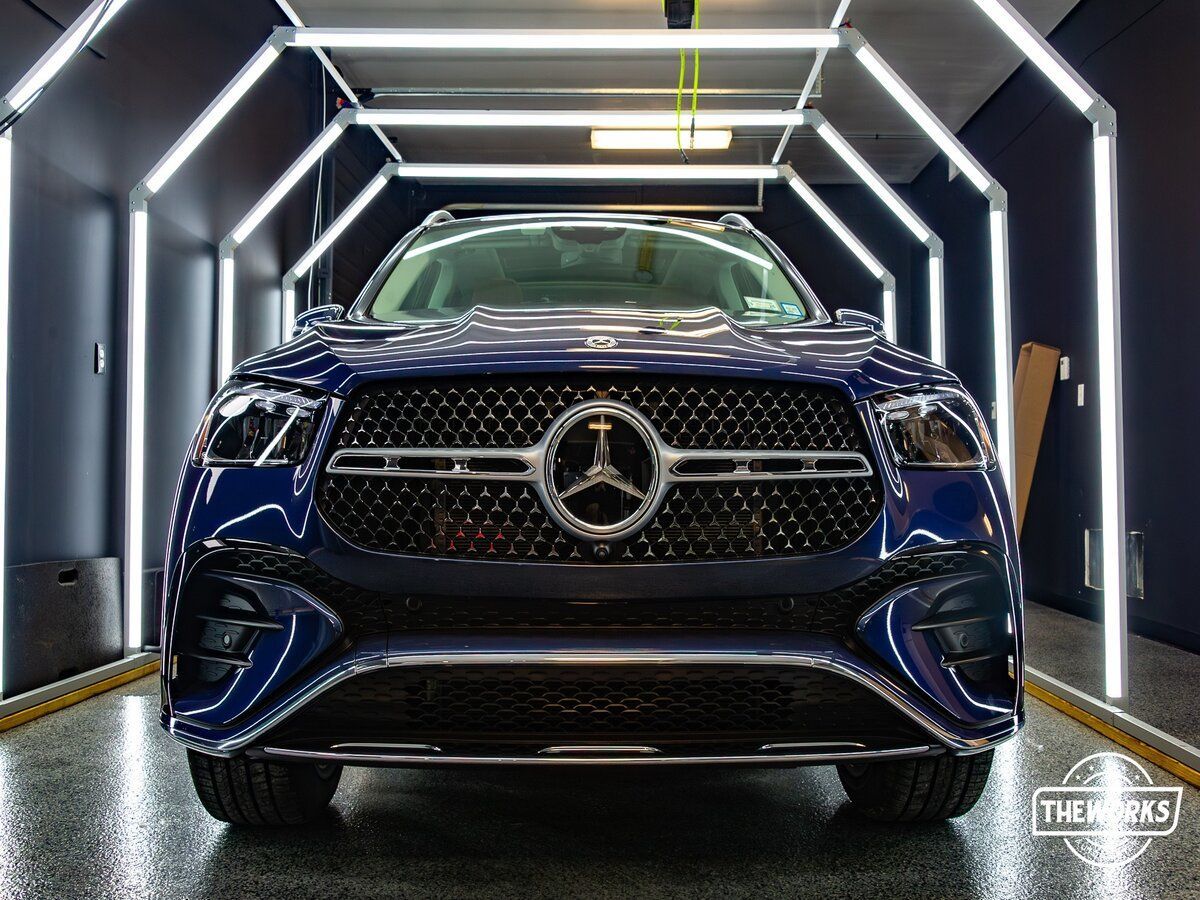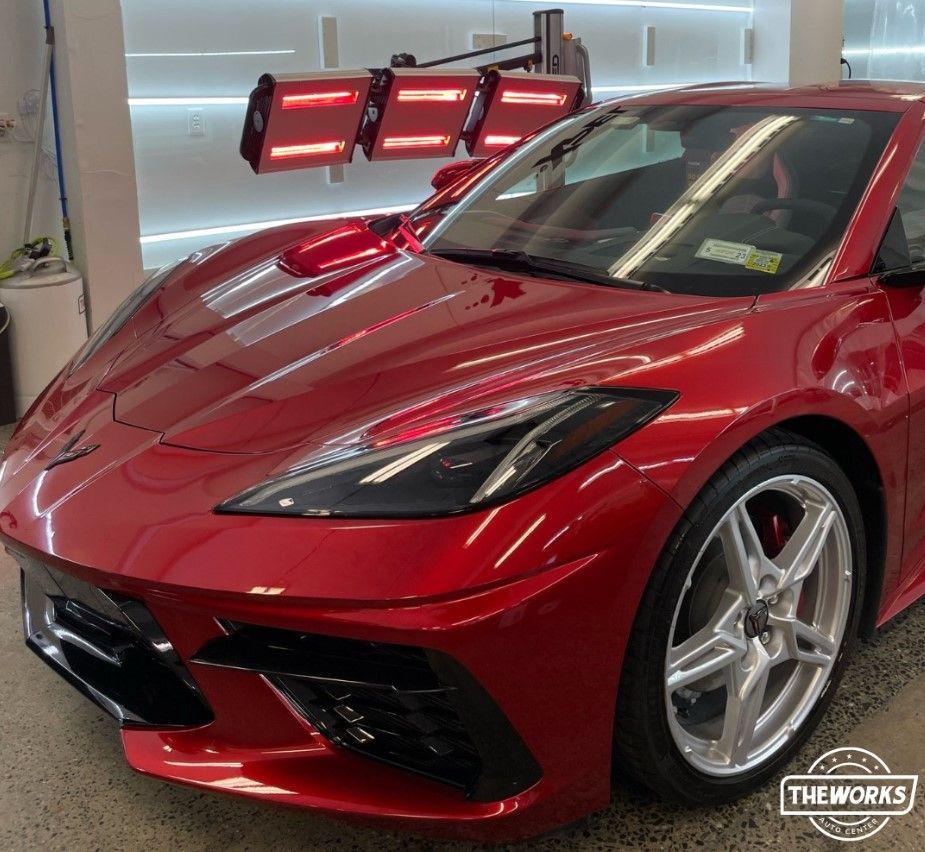Heat rejection capabilities between carbon and ceramic window tints vary significantly in real-world applications, with ceramic offering 15-30% more infrared blockage based on our installation data across 200+ vehicles. When comparing premium window tints, we've found that ceramic films consistently maintain 95-99% heat rejection over 5+ years, while carbon films typically show a 10-15% reduction in performance after 3 years of daily exposure—critical information for drivers in hot climates considering their options.
Depending on your local climate and driving habits, how much heat rejection is necessary to keep your vehicle cool without putting extra strain on your AC system?
What Makes Carbon Window Tint Different?
Carbon window tint uses carbon particles suspended in a polyester base to absorb infrared light. Known for its durability, this tint offers a dark, matte finish that’s attractive to drivers looking for a sleek aesthetic. The embedded carbon particles block a moderate amount of heat and UV rays, helping to keep interiors cooler and prevent fading.
Benefits of Carbon Tint
- Moderate Heat Rejection: Carbon tint provides effective heat reduction, though our installation data shows it falls short of ceramic by about 15-30%. This makes it a reliable option in moderate climates, though it may struggle in intense heat.
- UV Protection: Carbon tint filters about 40–50% of infrared light and around 70% of UV rays, providing a shield against fading and damage for upholstery, dashboards, and other interior materials.
- Cost-Effective: Carbon tint is more affordable than ceramic, appealing to those who want a balance between cost and performance. Though it doesn’t last as long as ceramic, it still provides good value for its initial cost.
- Attractive Matte Finish: Carbon tint’s matte look gives vehicles a modern, non-reflective aesthetic. It also avoids signal interference, unlike metallic tints, making it a popular choice for drivers seeking style without technical disruptions.
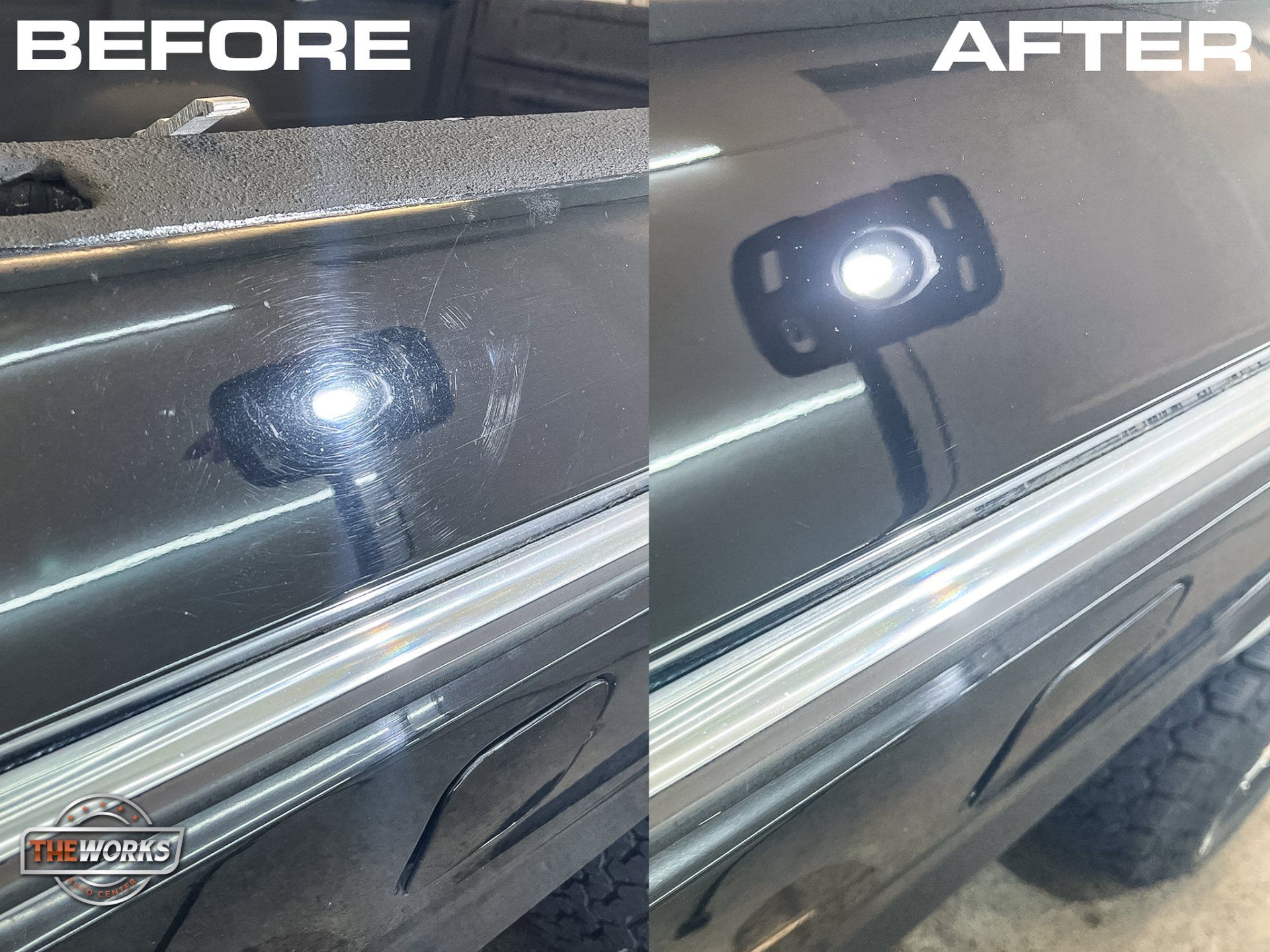
Drawbacks of Carbon Tint
- Performance Decline Over Time: After about three years of consistent exposure to sunlight, carbon tint can lose 10-15% of its heat rejection ability. This means it may need replacement sooner than ceramic, especially for drivers in very sunny climates.
- Moderate Heat Rejection in Extreme Heat: While carbon tint provides solid heat rejection, it may struggle in extreme temperatures compared to ceramic, which can block a greater portion of infrared light.
What Sets Ceramic Window Tint Apart?
Ceramic tint, an advanced form of window tint, is manufactured with nano-ceramic particles that reject heat and UV rays without affecting visibility. This high-tech tint offers superior performance, durability, and clarity, making it a top choice for drivers in search of maximum heat rejection and minimal maintenance.
Benefits of Ceramic Tint
- Superior Heat Rejection: Ceramic tint blocks up to 85% of infrared light, making it the best type of window tint for heat rejection. Its ability to reject a high level of heat helps keep vehicle interiors much cooler, which is a major advantage in hot climates.
- High UV Protection: Ceramic tint blocks up to 99% of UV rays, significantly reducing sun damage to both passengers and vehicle interiors. This level of protection can be a deciding factor for drivers who spend long hours on the road.
- Durability and Longevity: Ceramic tint maintains 95-99% of its heat rejection capacity even after five years of continuous sun exposure, a benefit that surpasses many other tints. This resilience against fading, bubbling, and cracking makes it a smart long-term investment.
- No Signal Interference: Ceramic’s non-metallic composition prevents interference with GPS, radio, and cell signals. Its anti-glare finish also enhances visibility without creating a reflective surface, adding to its usability.
Drawbacks of Ceramic Tint
- Higher Cost: Ceramic tint is a premium option, often costing more than carbon tint. However, for those who need higher heat rejection and longevity, the investment is well-justified over time.
Scientific Data on Heat Rejection and UV Protection
Research shows that ceramic window tints offer nearly total UV-A and UV-B blocking, reaching up to 99% protection. This blocks harmful rays that contribute to both skin cancer and interior fading, making ceramic particularly valuable for health-conscious drivers and those keen on maintaining their vehicle’s appearance. In terms of infrared radiation rejection, ceramic typically performs 15-30% better than carbon.
Long-term studies also support ceramic’s resilience; it retains up to 99% of its heat rejection capability over five years. In contrast, carbon tints begin to lose efficiency after about three years, with UV and heat rejection rates declining 10-15%. For those in intense climates who need the best type of window tint for heat rejection, ceramic’s consistent performance is unmatched.
Insights from Professional Installers
In day-to-day use, ceramic tint maintains an interior cabin temperature reduction of up to 20°F compared to a 12–15°F reduction with carbon tint. This difference significantly improves driver and passenger comfort in hot weather, underscoring ceramic’s value as a premium tint. Professional installers also find that ceramic tint remains bubble-free, with no signs of peeling or cracking even after five years.
Carbon tints, though reliable in performance, tend to experience faster wear in extremely hot conditions. Those considering window tinting heat reduction comparison in their choice will note that ceramic provides consistent results, especially in regions with intense sunlight.
Durability: How Carbon and Ceramic Hold Up Over Time
In terms of lifespan, carbon tints hold up well initially but may require replacement after three to five years, especially if exposed to high levels of sunlight. The carbon material can fade, darken, and show bubbling after prolonged exposure, particularly in climates with extreme temperatures.
Ceramic tints, however, maintain clarity and performance for over five years, with minimal fading or structural changes. For drivers seeking durability and heat rejection, ceramic stands out as the long-term, low-maintenance choice.
Cost Differences: Is Ceramic Worth the Investment?
Here’s a look at the general cost range for each type:
- Carbon Tint: Priced between $150 to $400, carbon tint is a budget-friendly option, making it accessible to those wanting moderate UV and heat protection without a high upfront cost.
- Ceramic Tint: Costs for ceramic tint range from $500 and $900, reflecting its advanced heat rejection and UV protection abilities. While ceramic is more expensive initially, its longevity and performance often make it a cost-effective choice in the long run, especially for those in hot climates.
The choice between carbon vs. ceramic window tint ultimately depends on balancing budget and performance needs. For long-term durability and maximum heat rejection, ceramic provides superior value, while carbon is a reliable and affordable option for moderate climates.
Upgrade Your Comfort with Expert Window Tinting at The Works Auto Center
Explore your options in carbon and ceramic window tinting with The Works Auto Center. Our experienced installers provide professional advice to help you choose the right tint for your climate and driving style. Call now to schedule your appointment!
